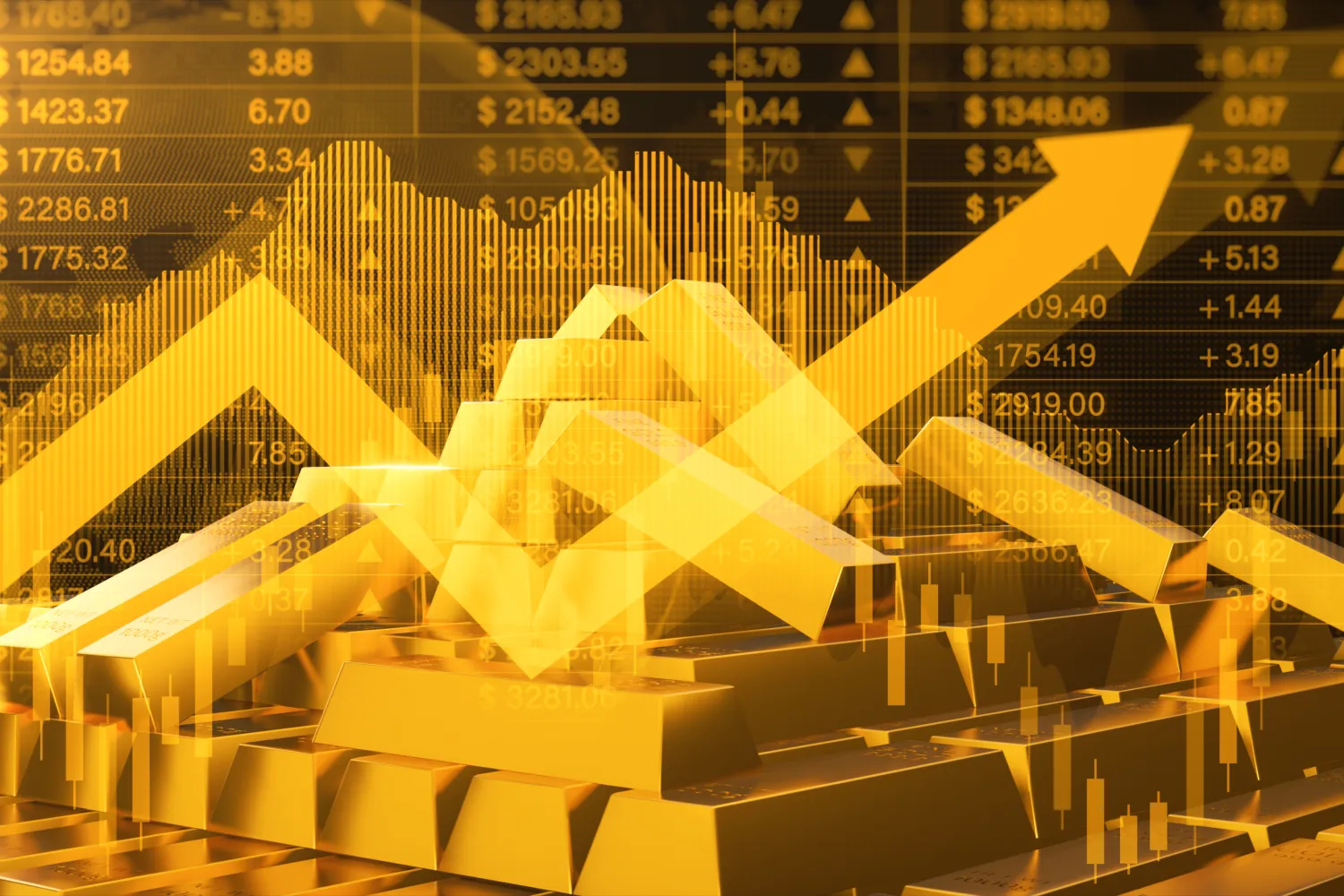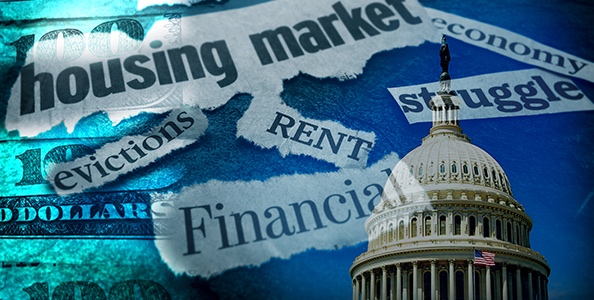- The BRICS+ Summit is meeting in Russia, focused on accelerating de-dollarization in a multi-polar world.
- They are proposing new payments systems, banks, and a potentially gold-backed currency.
- Held in a Gold IRA, physical precious metals can safeguard your retirement funds from the BRICS+ new world order.
BRICS+ Summit Accelerates De-Dollarization
This week, the BRICS Summit in Russia set into motion a shift that could forever alter the global economy. Leaders from 24 countries and delegations from 32 nations gathered to challenge the long-standing dominance of the U.S. dollar. Representing over 40% of the world’s population, this powerful Western counterweight is building a new world order. An order where the stocks and bonds in your retirement portfolio may rapidly lose their value. To defend against this tectonic shift, analysts recommend safeguarding your funds with physical gold.

BRICS+ Goals
BRICS+ was originally comprised of Brazil, Russia, India, China, and South Africa. They had long sought to challenge the economic dominance of the U.S. With this summit, they aim to reduce reliance on the dollar in international trade and finance. They are proposing new payment systems and the creation of a BRICS digital currency.
Possible Gold-Backed Currency
One of the most talked-about possibilities to emerge from this summit was the introduction of a new BRICS+ currency. Collectively, BRICS+ nations hold over 20% of the world’s gold reserves. Of which, Russia controls 8.1% and China closely follows. With these significant reserves, speculation has grown about a gold-backed currency system. A system that could rival the U.S. dollar. Rumors suggest that the currency is tentatively called the “Unit.” It would be pegged 40% to the value of gold and 60% to a basket of BRICS national currencies.1
.
 2
2
The reality of de-dollarization is slowly but surely coming into focus.
This new “apolitical currency” could appeal to nations wary of the weaponized U.S. dollar. In an increasingly multipolar world, the BRICS see gold as a stable, universally recognized asset. Central banks from BRICS nations continue to accumulate gold at near-record levels. This buying spree suggests that a gold-backed currency is growing closer to a reality.
Russian State Duma Speaker Vyachaslav Volodin underscored these intentions. He said, “Today, BRICS unites 10 countries and 45% of the world’s population. More than thirty states are showing interest in participating in it… The time of Washington and Brussels hegemony is passing.” 3
The infrastructure for this economic shift is already being built. BRICS+ are completing an alternative to the Western-backed SWIFT payment system that allows international bank transactions. The New BRICS Development Bank is set begin as well. It would offer payments in local currencies to invest in the private sector of the member state economies.4
Impact on Gold Prices
Gold has been having a banner year. It has hit historic demand from global conflict, rate cuts, and political uncertainty. Yet the discussion of a gold-backed BRICS currency is adding powerful momentum to the upward swing.
Gold is often seen as a safe haven during times of economic uncertainty. Central bank purchases of gold have significantly outpaced purchases of U.S. Treasuries over the last decade. The move away from the dollar has been accelerated by concerns about U.S. debt and the weaponization of the dollar. As BRICS+ countries continue to accumulate gold, this trend seems poised to continue, boosting the price of gold further.
The Shift Toward a New World Order
The BRICS+ summit in Russia may not immediately overthrow the existing global financial architecture. But it has laid the groundwork for significant shifts. Plans for de-dollarization, gold-backed currencies, and alternative payment systems indicate that the BRICS nations are serious about reducing their reliance on the dollar. The momentum is building, and the foundation for a new world order is being laid.
Conclusion
As BRICS expands and more nations express interest in joining, the group’s influence is growing. While the U.S. dollar still dominates global trade, the steady accumulation of gold and the pursuit of financial independence by BRICS nations suggest that the current system is not as unshakeable as it once seemed. De-dollarization is no longer a distant prospect—it’s becoming an economic reality. Analysts suggest turning to physical gold to protect portfolio value from the consequences of de-dollarization. Held in a Gold IRA, physical precious metals can safeguard your retirement funds from the new world order. Contact us today at 800-462-0071 to learn more.

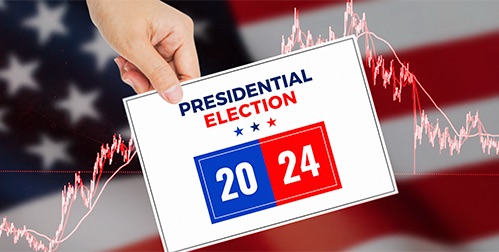
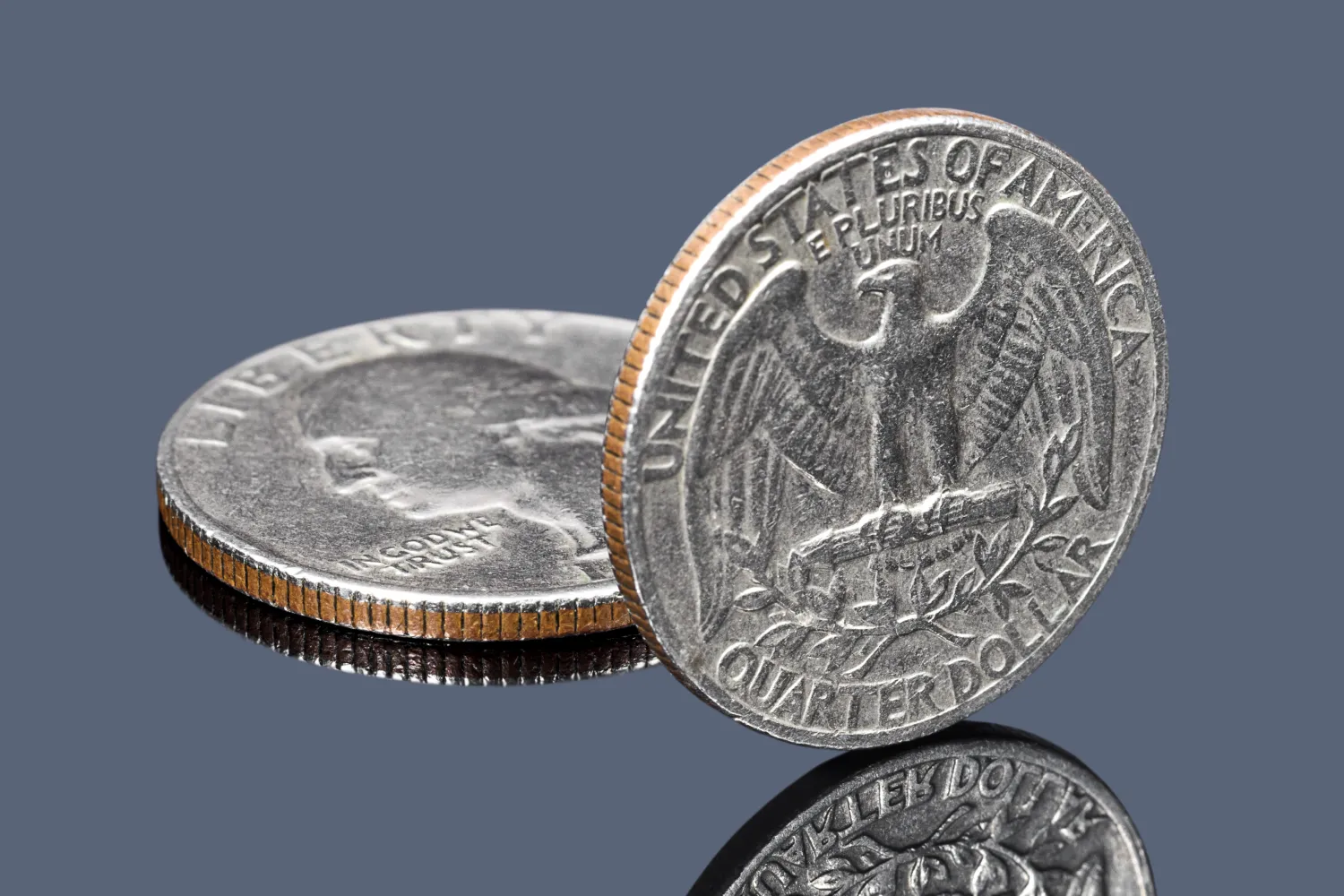

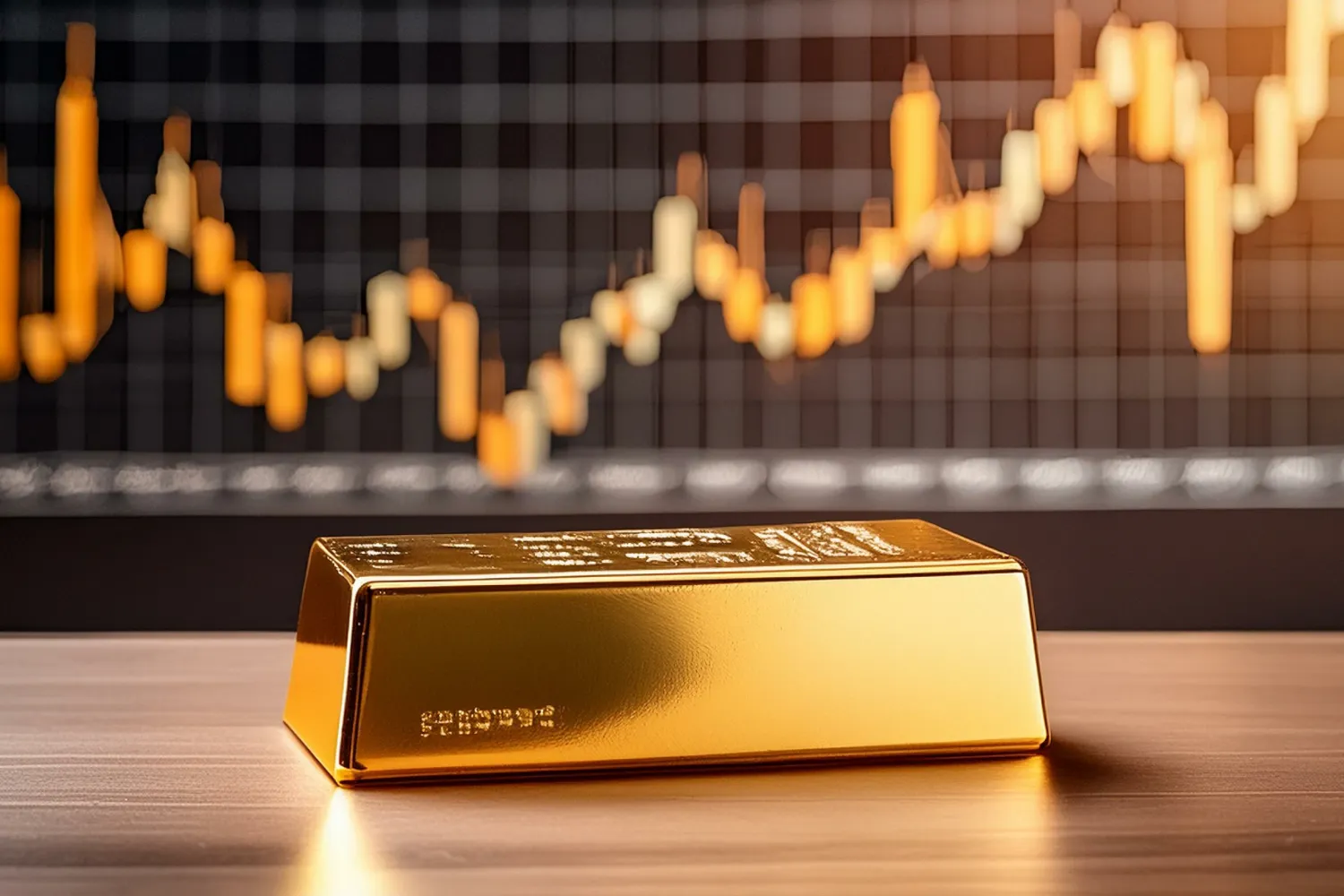



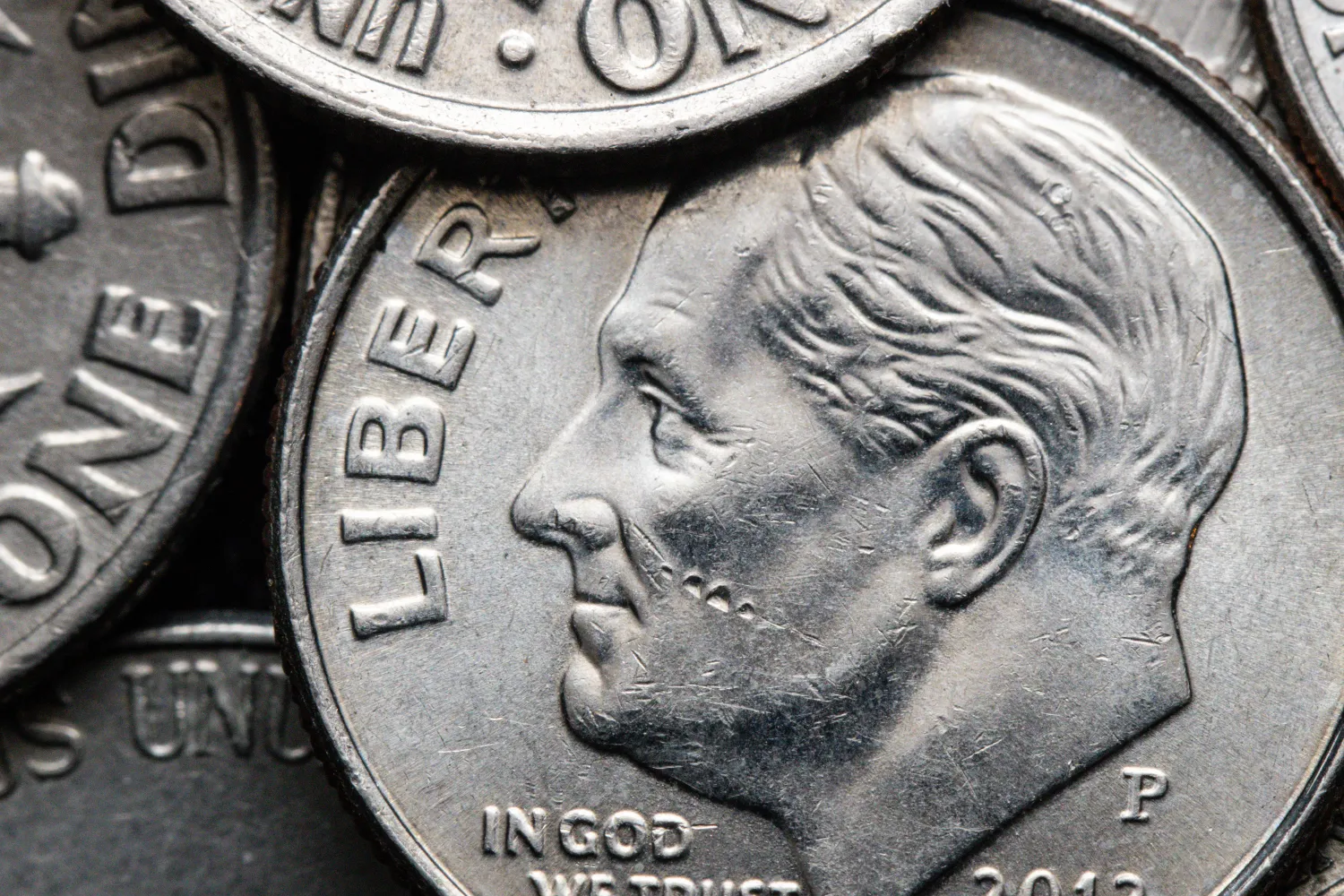

 4
4
